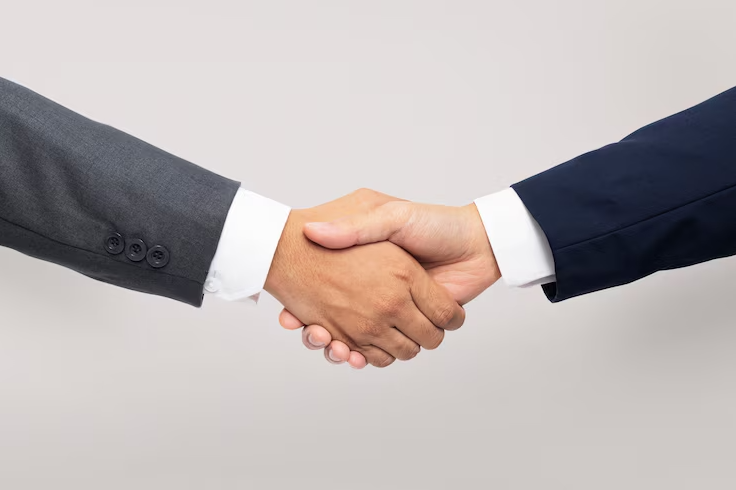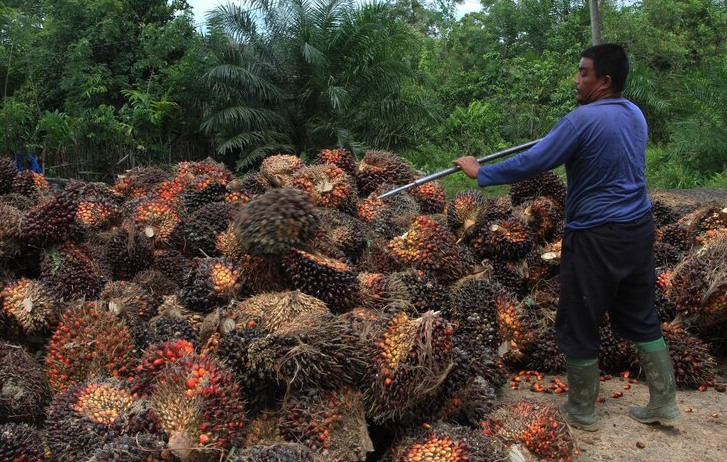What if I told you that massage therapy is more than just a form of self-care for special occasions or an expression of love? It is, in fact, a necessity! Yet, more than 50% of individuals struggle to fully grasp its benefits or remain unconvinced about how a good massage session can help ease tension, anxiety, stress, pain and improve overall health.
Massage therapy, which involves the continuous application of pressure on muscle fibers, connective tissues, and tendons in a rhythmic flow, plays a crucial role in enhancing mental, emotional, and physical well-being.
Ever wondered why this therapy has remained relevant and continues to dominate the wellness industry?
Countries such as China, Egypt, Greece, India, and Rome used massage as a traditional medical practice to relieve pain, prevent colds, and treat minor ailments dating back to 200 BCE. With advancements in technology, the practice has evolved into various specialized techniques.
The Science Behind Massage Therapy
The continuous kneading, gliding, or tapping on muscle fibers with bare hands or equipment increases blood flow to nerve endings. The sensory receptors on the skin then send signals to the brain, triggering the release of essential hormones such as:
- Endorphins – Natural pain relievers that promote well-being.
- Dopamine – Enhances motivation and pleasure.
- Serotonin – Regulates mood, sleep, and appetite.
- Oxytocin – Encourages relaxation and emotional bonding.
- Melatonin – Promotes restful sleep and recovery.
These hormones contribute to:
- Skin repair
- Growth and cell regeneration
- Stronger immunity
- Improved mood and relaxation
Considering starting your wellness journey with clean massage therapy? Here are five primary types of massage, their benefits, and what to expect.
Five Primary Types of Massage Therapy and Their Benefits 1. Swedish Massage
This gentle, full-body therapy is ideal for first-timers and individuals looking for relaxation. It helps with:
- Reducing stress and anxiety
- Enhancing relaxation
- Improving blood circulation
- Releasing muscle tension
What to Expect: Before your session, it is recommended to:
- Take a warm bath
- Stay hydrated
- Wear loose, comfortable clothing
- Inform your therapist about any medical conditions
During the session, the therapist will use techniques such as:
- Gentle stroking and kneading
- Long, flowing strokes
- Rolling out muscle fibers
- Light tapping
After the session, expect to feel relaxed, rejuvenated, and emotionally balanced.
2. Deep Tissue Massage
This technique applies intense pressure to target deep muscle layers, connective tissues, and tendons, making it ideal for:
- Athletes and highly active individuals
- People experiencing chronic pain and muscle stiffness
- Those recovering from injuries
- Individuals with poor posture
What to Expect: The therapist may use:
- Essential oils to warm up tissues
- Slow, firm strokes using hands, knuckles, or elbows
- Kneading and squeezing motions
- Specialized massage tools for deeper pressure
Sessions last 60–90 minutes and may cause mild soreness afterward, which typically subsides within a few hours.
3. Shiatsu Massage
Originating from Japan, this therapy focuses on energy flow (Ki or Qi) and pressure points to restore balance. It is beneficial for:
- Relieves joint pain and muscle stiffness
- Improving digestion and intestinal function
- Reducing anxiety, depression, and fatigue
- Enhancing overall energy levels
What to Expect: Unlike other massages, Shiatsu does not require oils or equipment. You will remain clothed while the therapist applies:
- Pressure using fingers, palms, and elbows
- Gentle stretching and tapping motions
- Manipulation of specific energy lines
This method is not recommended for individuals with high blood pressure, recent surgeries, or severe medical conditions.
4. Hot Stone Massage
This therapy utilizes heated stones to promote deep muscle relaxation, making it particularly beneficial for:
- Elderly individuals experiencing joint pain
- People suffering from chronic back and neck pain
- Those needing enhanced circulation and relaxation
What to Expect:
- Heated basalt stones (volcanic rocks) are placed on key areas like the spine, abdomen, hands, and feet.
- The warmth enhances blood circulation and reduces inflammation.
- Swedish or deep tissue techniques may be incorporated for better results.
Always inform your therapist if the stones feel too hot to prevent discomfort or burns.
5. Lymphatic Drainage Massage
This gentle technique helps remove toxins and excess fluid buildup, making it suitable for:
- Post-surgery recovery
- Reducing swelling in the arms, legs, or face
- Boosting the immune system
- Improving mobility and flexibility
What to Expect:
- Light, rhythmic strokes are used to stimulate the lymphatic system.
- The session typically lasts 60–120 minutes, depending on individual needs.
- Regular sessions are recommended for optimal results.
General Health Benefits of Massage Therapy
- Relieves chronic pain in the joints, back, neck, and shoulders
- Improves sleep quality
- Reduces stress and promotes relaxation
- Enhances blood circulation and lymphatic drainage
- Lowers anxiety and improves mental clarity
- Supports muscle recovery and injury prevention
- Strengthens the immune system
- Encourages overall well-being and vitality
Conclusion
The choice of massage therapy depends on personal preference, medical history, and wellness goals. While techniques may evolve with time, their benefits remain undeniable. Incorporating massage into your routine can significantly enhance your physical, mental, and emotional health.
Remember, health is wealth. Take care of your body—it deserves it!
Written by Eze Peace Chinonso
Last Updated on March 2, 2025 by kingstar





